.
.
It recently occurred to me that the 3rd car I ever drove since getting a driver’s license is a Peugeot. A 405 SRI to be exact and it was the first conti I’ve driven unassisted (the other two was a Honda Accord and a Nissan Sentra). Surprisingly, I didn’t remember much about it when I bought the 308THP 3 years ago … the Peugeot bug got to me a much younger age. For Pug owners, there is an appeal of the Lion badge that makes us keep going back to it.
.
Back when the 308 was launched in 2009 (recently updated with the article on the facelift found HERE), it brought unprecedented sales numbers to Peugeot and the most logical thing is to build on that success. But how do you make a hot selling hatchback model hotter? Easy, make a sedan version out of it. Why? Because sedans is as sell-able to Asians as rice; we can’t live without it. So based on this logic, the new Peugeot 408 was born.
.
The 408 represents a huge opportunity for Nasim, not only as a local CKD sedan vehicle but for exports within this region as well in order to fully utilize it’s right hand drive production hub to the maximum. The target market for the locally assembled model includes Australia, Thailand, Taiwan, Indonesia, Singapore, Hong Kong, Sri Lanka, Brunei, Philippines and Bangladesh. Touted as one of, if not the best value C segment vehicle boasting the largest cabin Malaysians have ever seen, not a day passes when one does not see a 408 drive by so sales is relatively good …. perhaps even surpassing its hatchback sibling as predicted. But is it good enough for the typical young family? Let’s see.
.
.
Design
.
.
Launched in 2012, the 408 has been steadily gaining popularity among Malaysians due to its value for money proposition. Measuring 4,682mm in length, 1,815 in width and 1,525 in height, it’s about 1.3ft longer, having similar heights and the exact same width as the 308. What is more interesting to note that the 408’s wheelbase is 2,710mm, making it the longest C segment in Malaysia by trumping the Honda Civic, Nissan Sylphy and Hyundai Elantra which all shares the same 2,700mm wheelbase. This translates to very good cabin space (more on this later).
.
.
We get two variants; a cheaper 2.0litre NA driven and a 1.6litre twin-scroll turbocharged Prince engine. Viewed from the side, they’re identical to each other except for the rims.
.
.
The 1.6 THP’s rims are called Melbourne 17″ whereas the 2.0 uses the same pre facelift 308THP 5 spoke Rinjani 17″ rims.
.
.
The back of the Turbo has …. well, a Turbo badge (duh) whereas the 2.0 has the numbers emblem on the sides of the front doors
Usually sedans that’s hatched from hatchbacks suffers odd looks, particularly in the C pillars (which usually ends up being overtly thick) and a boot that looks like it’s being bolted on like Frankenstein. Not so with the 408. The lines are clean and the length of the boot makes the car look balanced like a proper sedan. The side profile is certainly more pleasing to look at compared to a 207.
My only grip is the tail lights which reminds me of the old face lifted 406 sedan; smallish and squinty. On a 406, it’s fine because the front headlights have similar characteristics but in the 408, it shares the same large and long headlight design as the 308 so there appears to be a mismatch. Surprisingly, they’ve omitted the DRL … I checked the MFD and there is no longer an option to switch on Daytime Running Lights
I do love the chrome bits on the front though
Performance
.
Available in 2 variants, the top of the range 1.6THP uses the same Prince engine found in the 308, 3008, 508, 5008, RCZ Auto but with a twist. The 408’s Prince has been modified to be able to accept poorer fuel quality (thereby theoratically reducing/eliminating engine knocking) and it’s power has been increased from 156hp to 163hp. The other variant uses the same 2.0 litre engine that has been proven to be extremely reliable in the defunct 407 and a few other Peugeot models such as the 607. The 2.0 natural aspirated engine produces 145hp with 200Nm of torque.
.
Honestly, in terms of acceleration, I can’t tell the difference between this Prince and my ex-Prince. 0-100kph is quoted at approximately 9.2seconds for the 1.6THP (the 308THP 4-speeder I had has a century sprint of 8.8seconds) and 12.5seconds for the 2.0. Talking about the 1.6THP, you’ll never complain of any lack of power as maximum torque is achieved in 1,400rpm onwards, making it one of the fastest sprinting C segment sedan sold here in Malaysia, only losing to its arch rival, the Volkswagen Jetta which does 100kph from standstill in 8.4 seconds.
.
The 2.0litre on the other hand felt a little sluggish at low speeds (but this is relative especially if you jump straight into it after testing the 1.6litre) but on mid and high range, power is ever ready (as well as a NA engine can be). There’s not much to complain about the 2.0litre if one compares it with other NA.
.
Typical of any Peugeot gearboxes, flooring the pedal would not cause the gears to downshift automatically and it will continue to climb until 5,800rpm before deciding it has had enough and obediently changes gears. I’ve always felt that the gear ratios are programed somewhat inefficiently, especially so with the THP equipped models. Every engine has a certain RPM range where the engine output is at its peak. We call this the optimum power band and unless you’re driving a high revving sports car, flooring the pedal until the rpm redlines usually results in an uninspiring pull once it passes the power band. Once you know where the power band range is, using manual override is far more satisfying and this applies for both 1.6THP and 2.0 NA models.
Having said that, the 1.6T on the other hand pulls effortlessly. Compared to my earlier 4spd 308THP, the surge of power is not as great but overall delivery of torque is linear and smooth. The car feels heavier than a 308 and the 7hp difference between a 308THP and the 408T is not that apparent. It could just well be my imagination but the initial acceleration surge felt stronger in the 408T compared to the 308THP 6spd.
Handling and Ride
.
Let’s start with the 2.0. As mentioned earlier, in terms of pick up, the car is very capable when compared to other similar 2.0 NA engines. The biggest problem with it is its hydraulic steering which weighs as light as a Victoria Beckham who’ve just completed a 21 days meditation program abstaining food. If the helium gas we pump into our weather balloons had an equivalent in a steering feel, it has to be the 2.0litre 408’s. This is a dual-edged sword …. a light steering means great convenience when navigating in the city but it also means less road feel and if you don’t pay attention, you may oversteer and start feeding your Lion grasses or drive it to the drain for it to drink some liquid. If you’re really unlucky, kiss it against a tree. Don’t get me wrong …. it’s insanely easy to drive this car …. just not the kind of car for you to play corners with the likes of a Mini Cooper. For those “Naughty” occasions, you have the 1.6Turbo …
.
And boy, does Naughty feel really good. The steering is well weighted (as heavy as a 308THP), and every time when I grip the RCZ steering wheel, it feels as though I am groping the finer assets of a well-endowed woman. The suspension is set to be harder than the 2.0 and you feel a lot more confident taking corners at high speeds.
.
Still, each to his own. As uncle as I have become, I appreciate the less-fast-pace, easy to drive nature of the 2.0. No doubt its steering gives me as much feel as a person who’s just gone through a 22 hour flight with 3 crying babies sitting next to him, its effortless drive that makes driving a car of this size being so easy and capable chassis makes it more enjoyable for me. Those young at heart who loves a quick ride would prefer the more powerful THP variant and the additional specifications that comes with it.
.
Both variants have continental levels of NVH but I must also say that the infamous veering-to-the-left is present in both.
Cabin Convenience
.
.
The layout of the 408 sedan is pretty much like the 308 hatchback, with most of the buttons and controls being where they usually are. For the driver and front passenger, front cabin space is large and airy, largely due to the forward slanting dashboard design and large windscreen. There are a few differences between the 1.6THP and the 2.0; lets go through them one by one.
.
.
Let’s start with the steering wheel. As mentioned before, the 1.6THP gets the RCZ inspired flat-bottomed steering wheel with aluminum inserts. Maybe it’s the smoothness, maybe it’s the cooling surface but how 2 pieces of aluminum can make the entire feel of gripping the wheel improve tremendously beats the hell out of me. But trust me, once you have it, it feels as natural as a baby reaching for tits. The 2.0’s wheel just doesn’t feel the same without it.
.
.
If you noticed the absence of buttons on the steering wheel for both variants, don’t fret. The controls for the cruise control as well as audio and multi function display access is all found in 2 additional stalks below the signal and wiper stalks, similar to that of the 308.
.
.
The next notable difference is the meters. The THP gets classy white dials whereas the 2.0’s are black. Strangely enough, the 2.0’s displays is the newer split design whereas the 1.6THP’s single display looks like it’s taken stock from the 308s. Then again, the facelifted 308 VTi and THP also features the same display so the parts sharing is quite obvious here.
.
.
The 1.6THP pedals are horned with aluminum whereas the 2.0’s is plain, naked rubber.
.
.
The next difference would come from the center console itself. Although both sports the World in Peugeot Sound with 6 speakers and AM/FM/CD/MP3 playback capability with USB and Bluetooth connectivity, Peugeot thought it cool to give you a gloss black center casing instead of the matt gray, exactly as found in the 308 THP and VTi variants. Can’t really complain about the color but the glossy finish does make every single finger print stand out like a native Chinese in Southern India.
.
As for the player itself, it’s as archaic as it can be compared with some touchscreen options available in some other makes. Benchmarking against the Jetta which is its main continental rival, the bass is punchy and sounds far better than the VW’s stock sound system. It may not have GPS but neither does the Jetta.
.
.
The glovebox is as meh as Peugeot can be. You can’t even stuff an oversized sunglass in their no thanks to the fuse box which the French did not bother to transfer to the right side when they convert their left-hand drives to the right. Which is really a pity since it’s a chiller glovebox except the only thing you can chill are your phone chargers.
.
.
As for where the fusebox is typically found on a right-hand-driven vehicle, you’ve got the boot release and a small cubicle large enough to keep access cards and keys. It’s obvious that in France, they don’t have anything resembling a Smart Tag because it can’t even fit in there.
.
.
Instead Smart Tags go to the center console compartment or the side pocket at the door. In the compartment, you’ll find the USB port for your pendrive music.
.
.
There is one other difference between the THP and NA and that comes in the form of the skin in which your back and bum rests on. The turbo gets full leather seats whereas the NA has fabric. Now, whether fabric or leather is better is really debatable; leather is a lot easier to clean especially if you have kids where spilled drinks – or worse, pukes are common. On the other hand, fabrics don’t fry your nuts if parked under a hot sun for an extended period of time but would absorb unwanted aroma (and release them) over time. Also, your butt don’t slide as much when it comes to fabrics so rear passengers have one less thing to worry about when you play Initial D with them at the back to Bukit Tinggi.
.
Another thing about the 408’s rear bench which happens to be its main forte is size.
.
I mean, look at the space I still have after adjusting the front seats to my 5’10” frame. It’s positively cavernous. Heck, it’s even better than Peugeot’s flagship, the 508. The seat recline level is good and there’s little to complain on long outstation trips. As a matter of fact, I can’t think of any other car at this price tag that I’d rather be sitting behind, perfect for your 3 kids, their accompanying soft toys, the in-laws, your parents, the maid and the dog.
.
.
Rear air conditioning vents; checked.
.
Unlike the 308, both 408 variants has no moon roof. Some might see this as a blessing (less heat in the car) while personally, I see the moon roof as another plus point for the 308THP. The omission of the moon roof (IMHO) cements the positioning of the 408 as a true family car whereas the 308THP is aimed at younger buyers.
.
.
Specifications
.
Peugeot 408 2.0
Halogen headlamps with auto function and manual height adjustment
17″ alloy rims
Rear parking sensors
Front and rear fog lights
Headlamp delay security illumination (“Follow Me Home”)
Sensor activated headlights and wipers
Automatic retractable side mirros
Automatic Dual Zone air-conditioning system
Rear passenger air-conditioning vents
Slide and height adjustable front centre armrest with storage
World in Peugeot Sound with 6 speakers and AM/FM/CD/MP3 playback capability
USB and Bluetooth connectivity
Audio control stalk at steering wheel
Cruise control with Speed limiter
Instrument panel LCD display (Speed limiter, cruise control, trip distance recorder, service indicator, total distance recorder, gear change indicator, ambient temperature and trip computer)
Height and reach adjustable steering
Aluminium scuff plates
One touch electric window with anti-pinch feature on all 4 windows
Vanity mirror with light for both driver and front passenger
2 cup holders for driver and front passenger
60/40 split rear seat
2 Smart Airbags for driver and front passenger
ABS
EBD
EBA
Anti-whiplast front seats headrest
Front seat belts with pretensioners and force limiters
Rear seat belts with force limiters
Mechanical child safety locks on rear doors
2 ISOFIX location points at rear (outer seats)
Auto illumination of rear hazard lights
Peugeot transponder immobilizer security
Peugeot 408 1.6 Turbo
(In addition to the 2.0 specifications)
Premium leather seats
Leather wrapped steering wheel with aluminium inserts
Auto dimming rear view mirror
Aluminium pedals
Rear center armrest with 2 cup holders
Driver and front passenger side airbags
Front and rear curtain airbags
ESP
ASR (Anti-Skid Regulation)
In comparison with other C segment models, here’s how it stands:
.
Interesting enough, when you look at the comparison chart, the 408 is now officially the longest, widest, tallest with the longest wheelbase in this segment.Until the price is officially announced, everything is just speculation but if things go according to plan, the 408 NA would also be the cheapest 2.0 litre continental car your money can buy.
.
Also, a little trivia …. did you know that some say the 408 is slated as a replacement for the 407 here? I know the 508 is tasked with that but consider this:
.
408 vs 407
Length: 4,682 vs 4,676 (408 is longer)
Width: 1,815 vs 1,811 (408 is wider)
Height: 1,525 vs 1,447 (408 is taller)
Wheelbase: 2,710 vs 2,725 (407 has a nose-hair advantage in terms of wheelbase length but in real dimensions, the 408’s cabin space trumps the 407 any time)
.
So for those thinking of buying a second hand 407, why not consider the 408 since it’s new and has 5 years warranty.
.
Also a first if the discriminating number of airbags between the variants. Both the 308THP and VTi shares the same number of airbags. The 408’s Turbo vs NA has 6 vs 2. I suspect the reduction in number is largely due to an attempt to keep the selling price affordable and create another differentiating point between the variants.
.
.
Ownership and Maintenance
.
The 408 1.6litre twin-scroll turbocharged model is yours for the sum of RM128,888 whereas the 2.0litre sets you back by RM109,888 (both prices quoted with insurance OTR). Here’s what you can expect to be charged when servicing the 408THP:
You’d probably be going WTF?? RM3,600 for 60,000km service? Apparently, yes considering the amount of things they’re going to change (take a close look at those items). Here’s a tip: Decide on a service centre you would go regularly and have them break up the items that needs to be changed in the 60,000km service interval. While this does not change the total amount at the end of the day, it does help remove some of the pain of paying so much at one go. With the service interval being 6 months or 10,000km, got time to save some money.
.
As for the FC, I took it on a pure highway drive and here’s the result:-
.
Cruise control all the way at legal speed limits. This works out to be less than 13 cents per kilometer which makes it ideal for people who regularly go outstation, especially considering the 5 years unlimited warranty that comes with the 408 (both variants). There are some who have questioned the reliability of Peugeot but with the modified THP engines and the old-but-proven 2.0litre engine technology, I’ve not heard much of any 408 owners complaining about engine issues.
.
So, should you buy one? If space is your main concern, then you need to consider only the 408 or the VW Jetta. For a price that cuts in at almost RM25k more than the 1.6THP, value wise, the 408 ranks higher. If it’s gadgets, well, the upcoming Kia Cerato which, in its previous incarnation as the Kia Forte is known to throw in almost everything and rock bottom prices and have been the best selling non-national C segment vehicle in Malaysia is due to be launched in July 2013 and is bound to shake the segment out. I have tested the Cerato and find that in terms of legroom, the 408 still comes up tops. So it’s really up to you to decide. FOr me, the 408 represents a lot of car (space) for the price it is asking.
.
And for people like me, size for price has always ranked high in my list of considerations …. after all, I won’t need to upgrade for a bigger car when my car is suitably big enough. Gee, does that make me Nice?
.
.
.

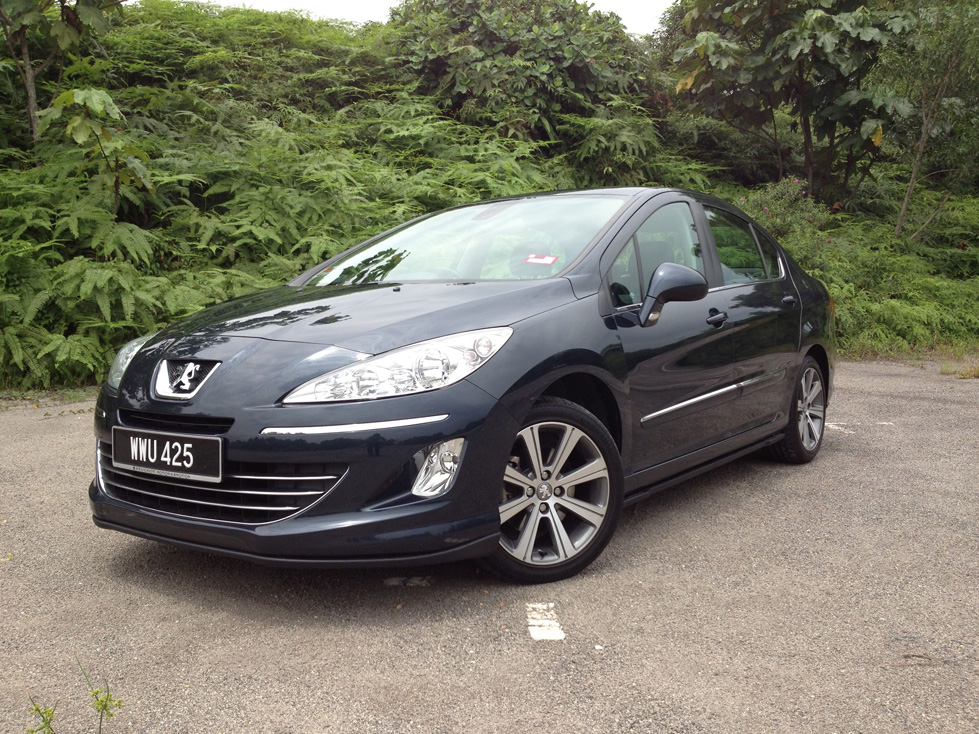
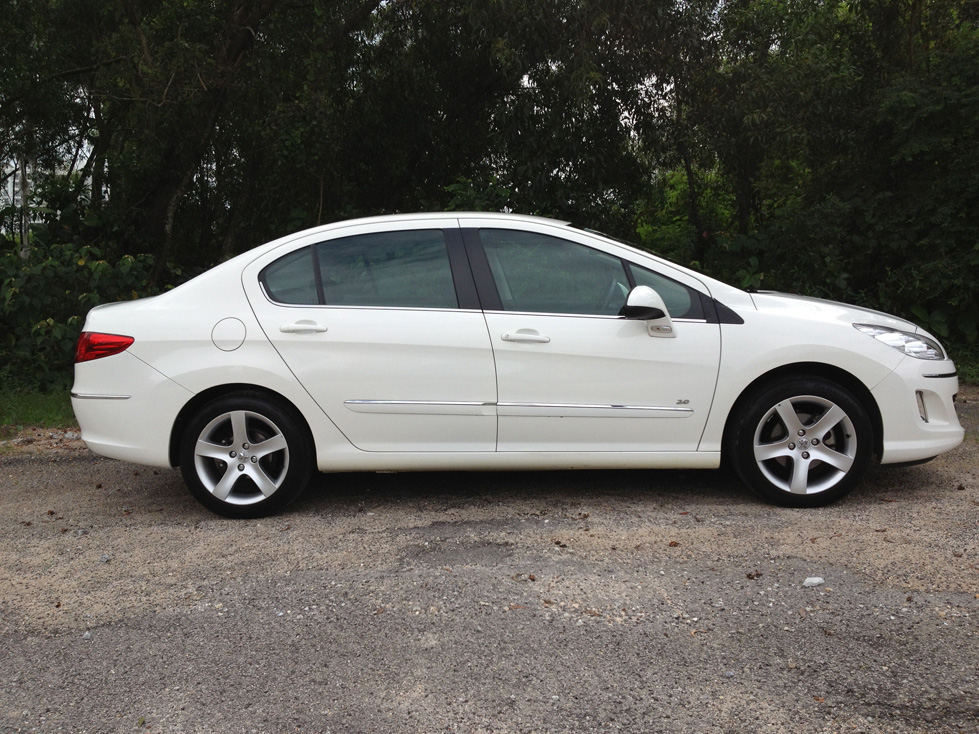
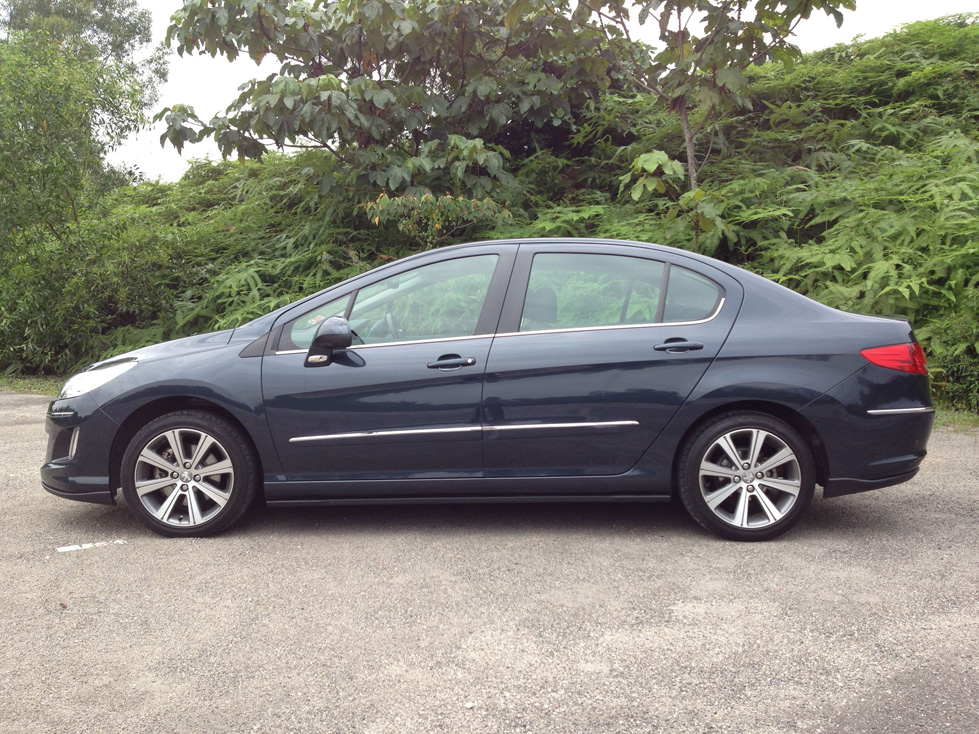
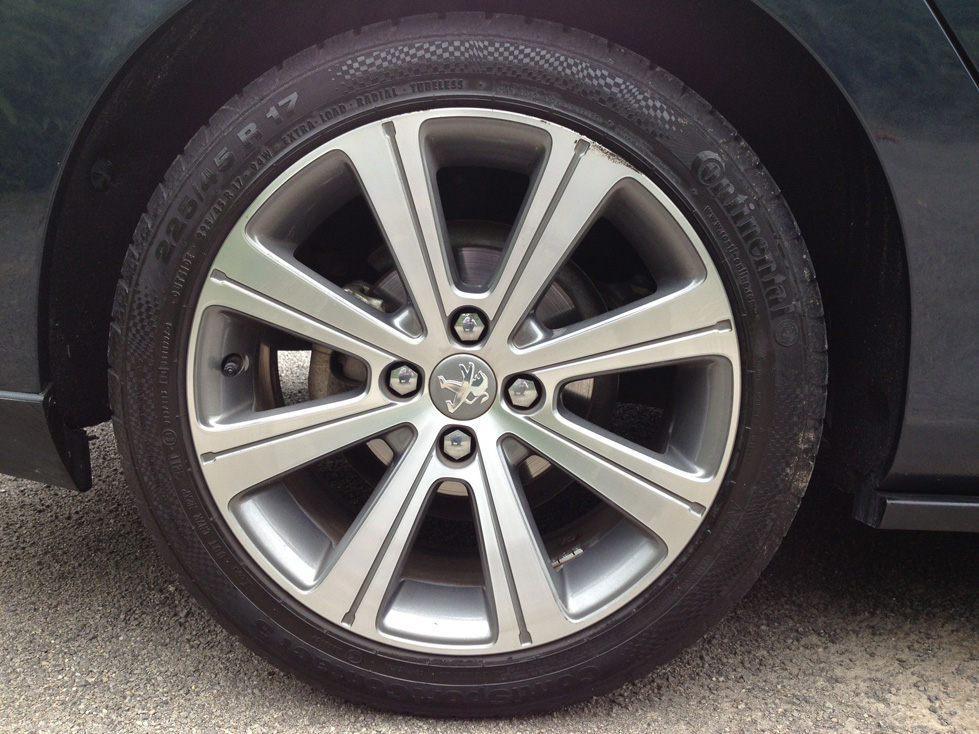
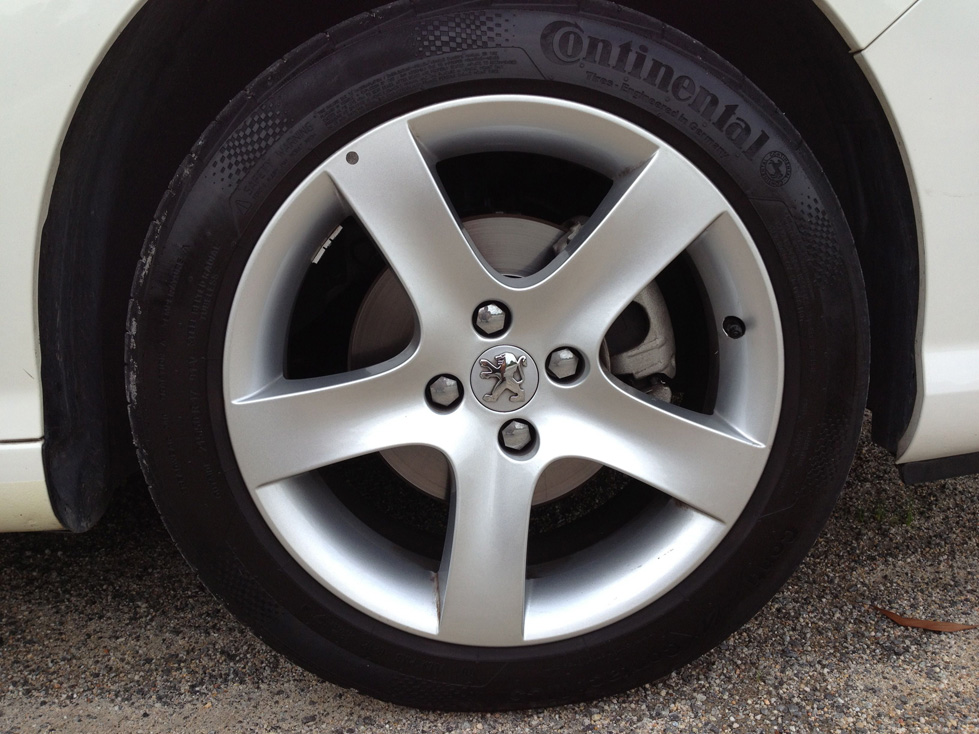
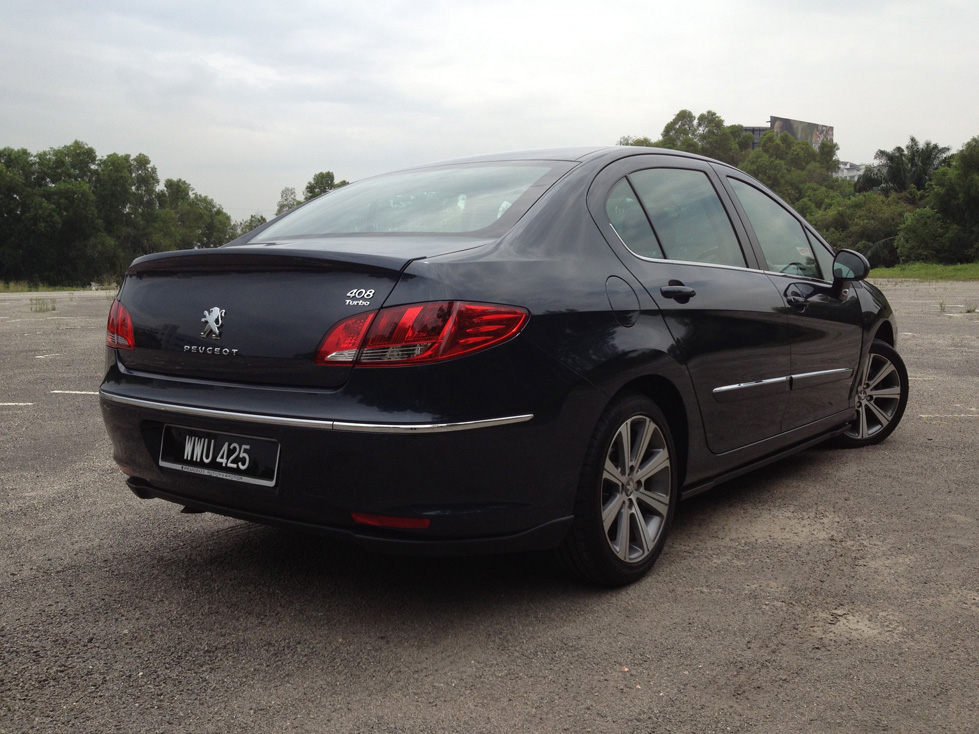



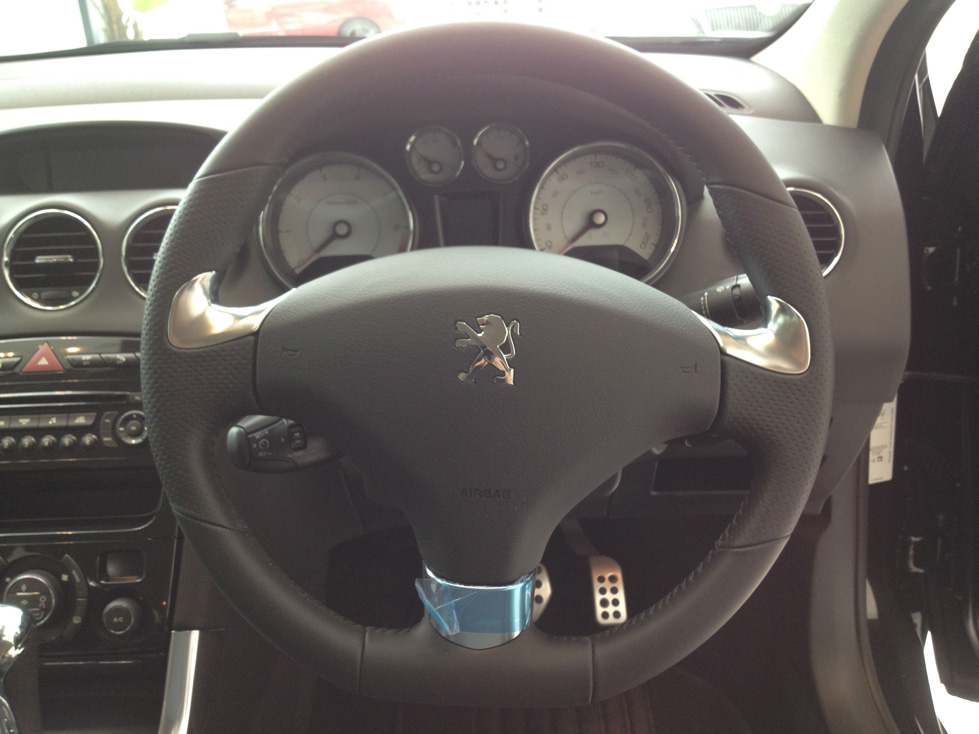

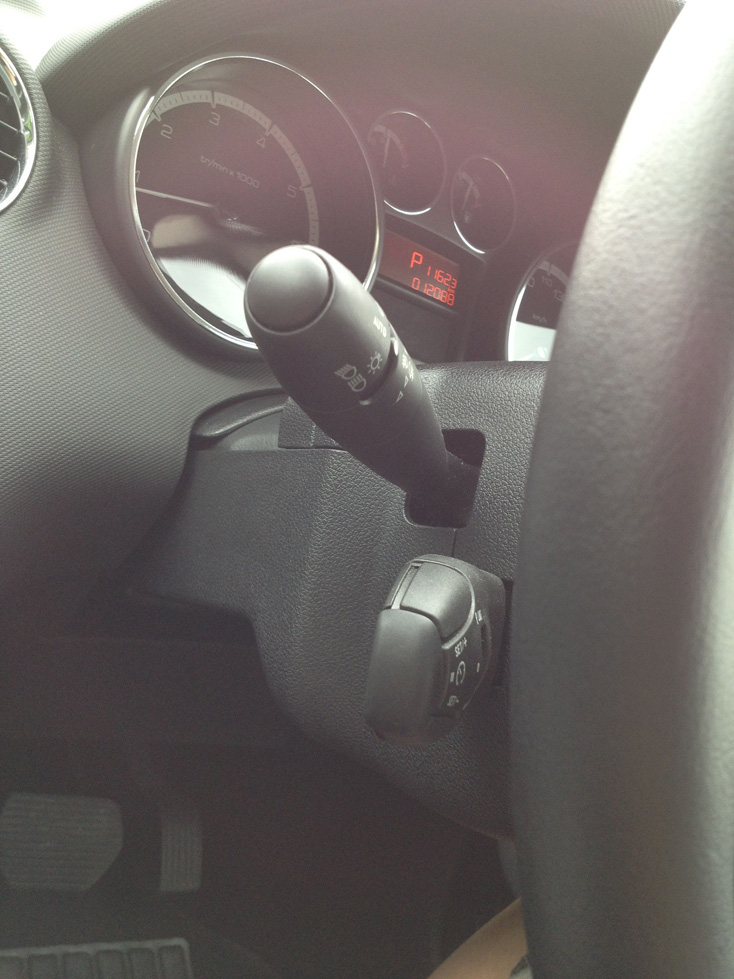
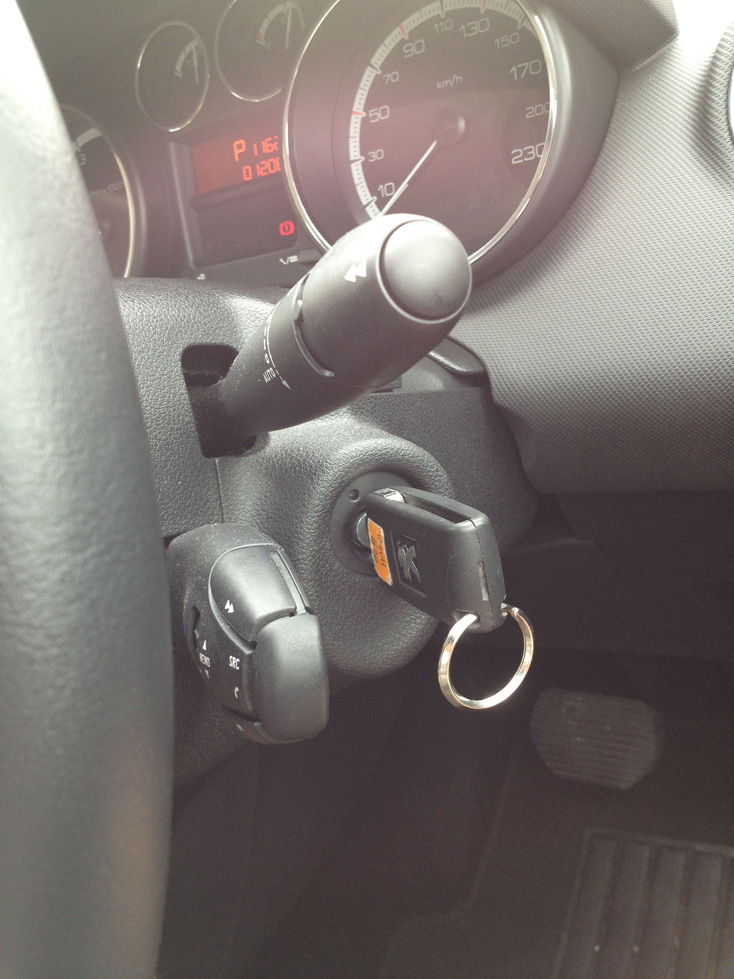
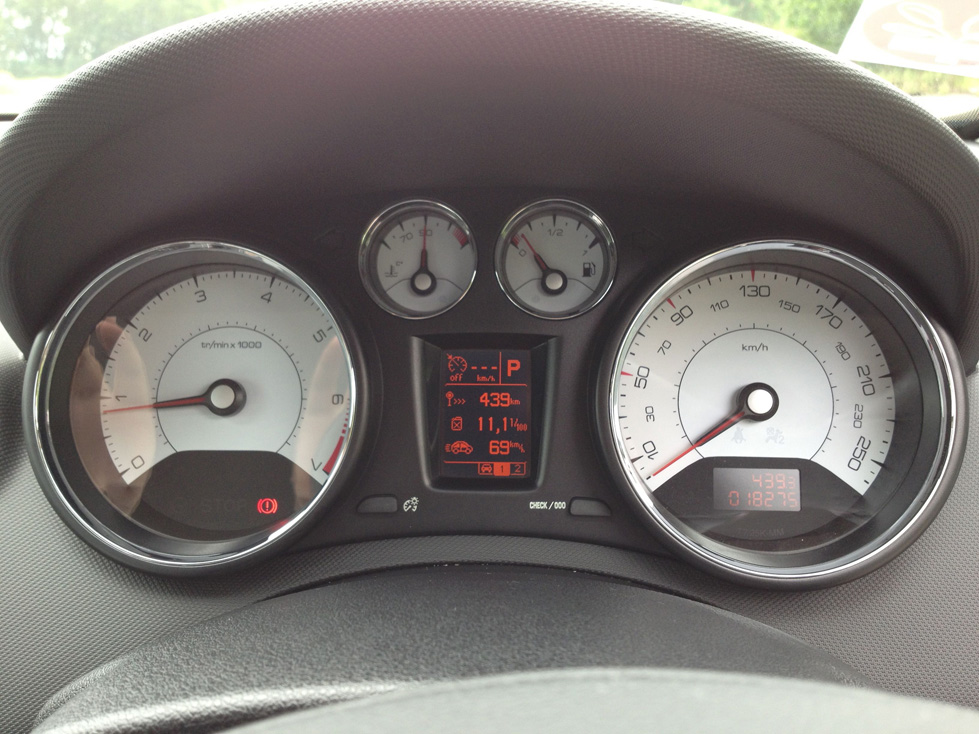

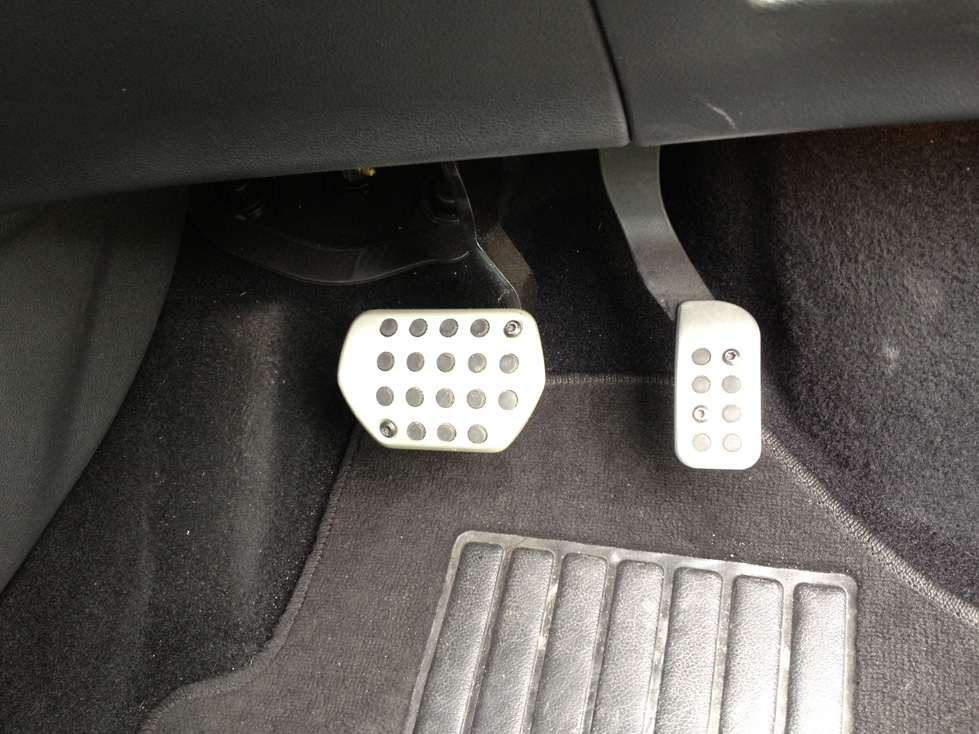
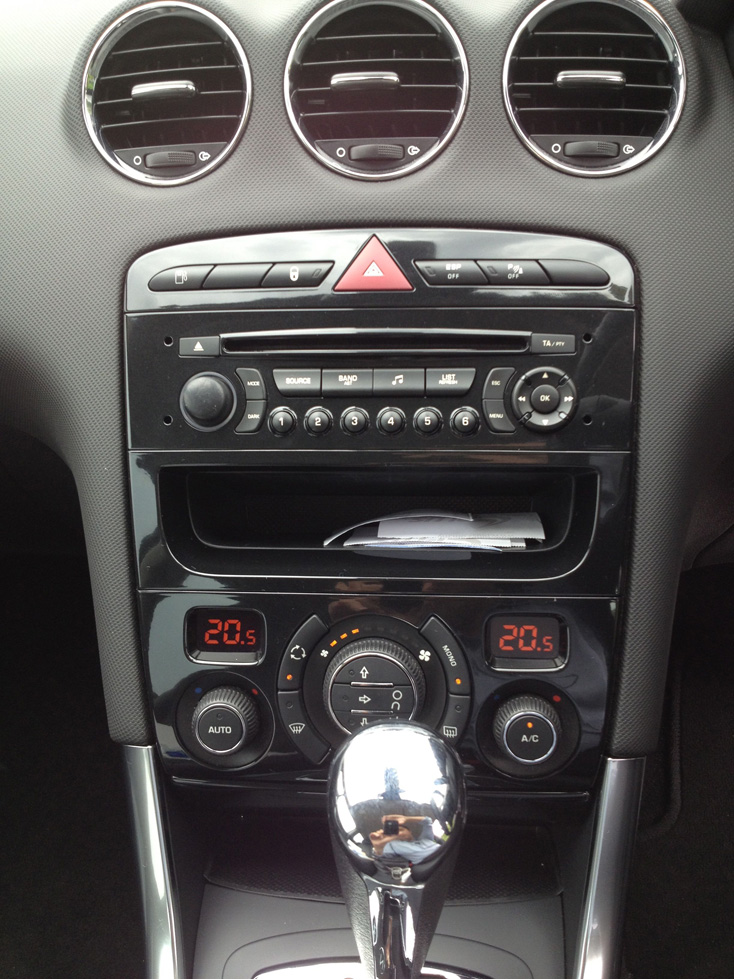
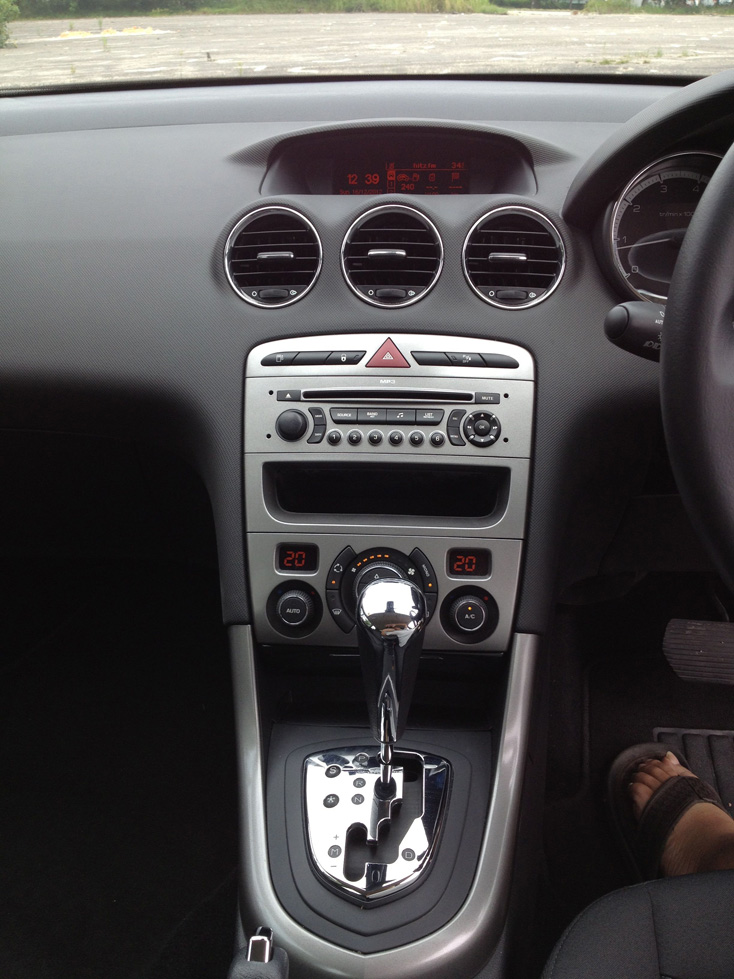
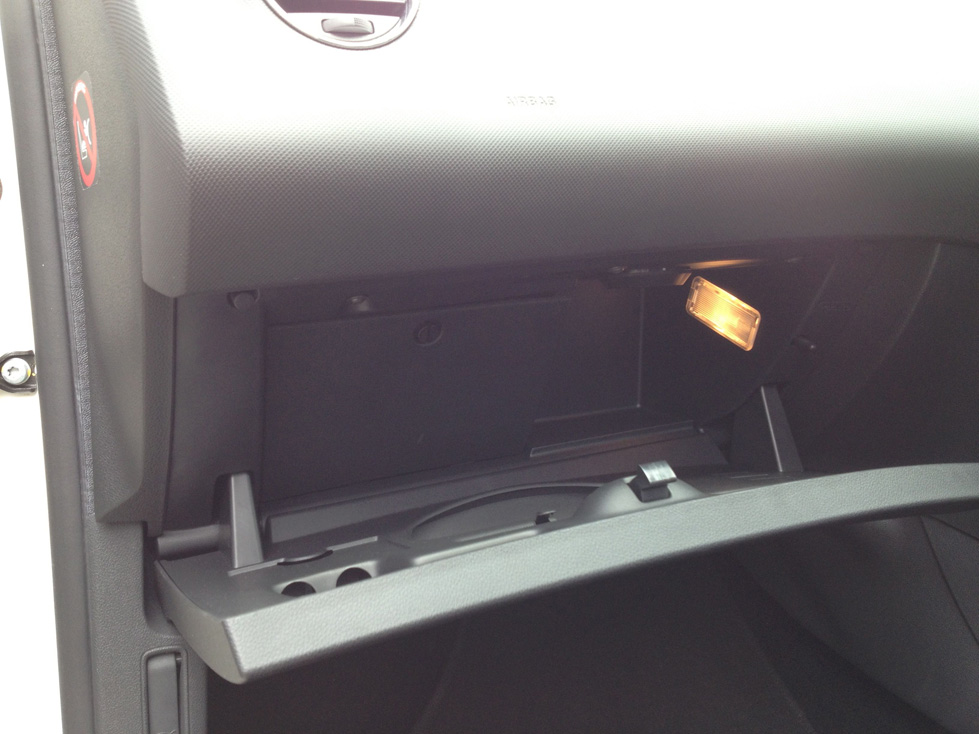
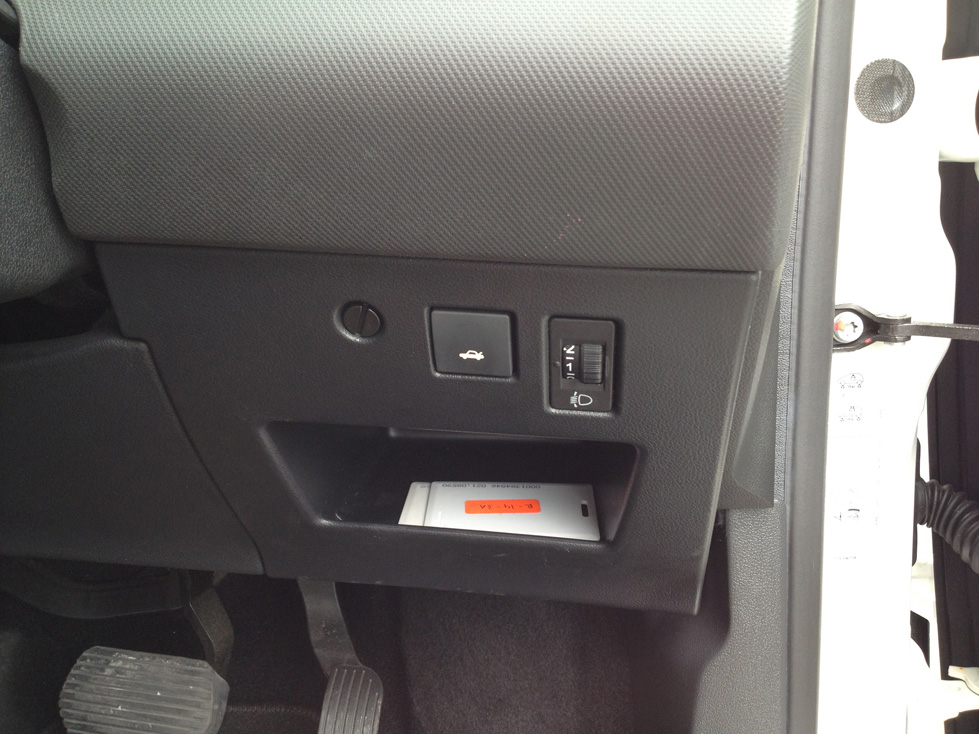
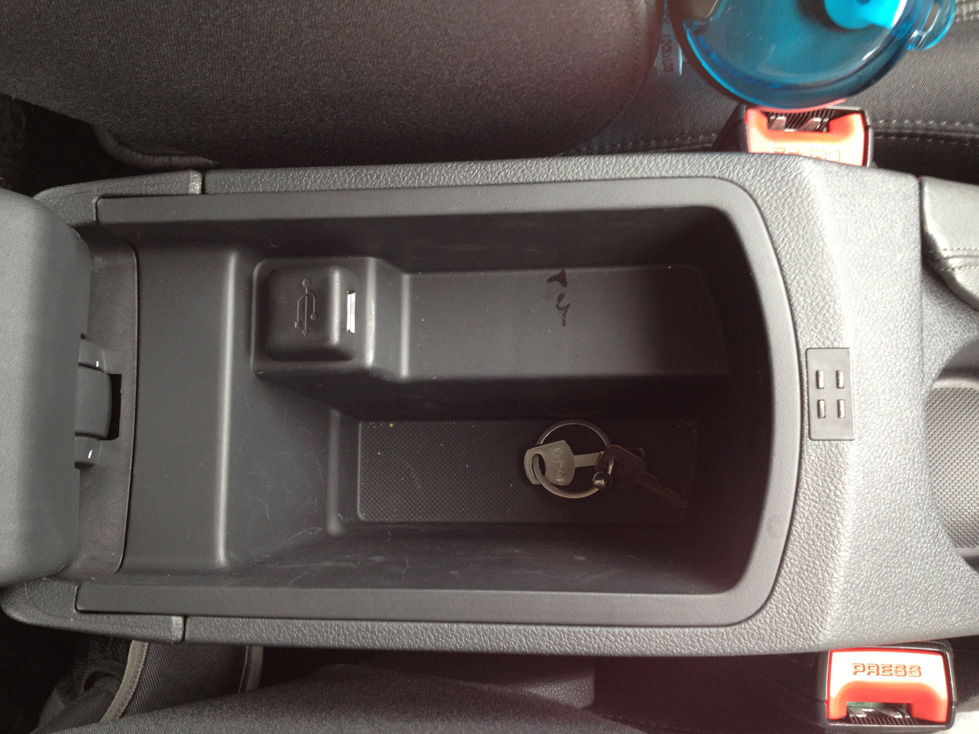
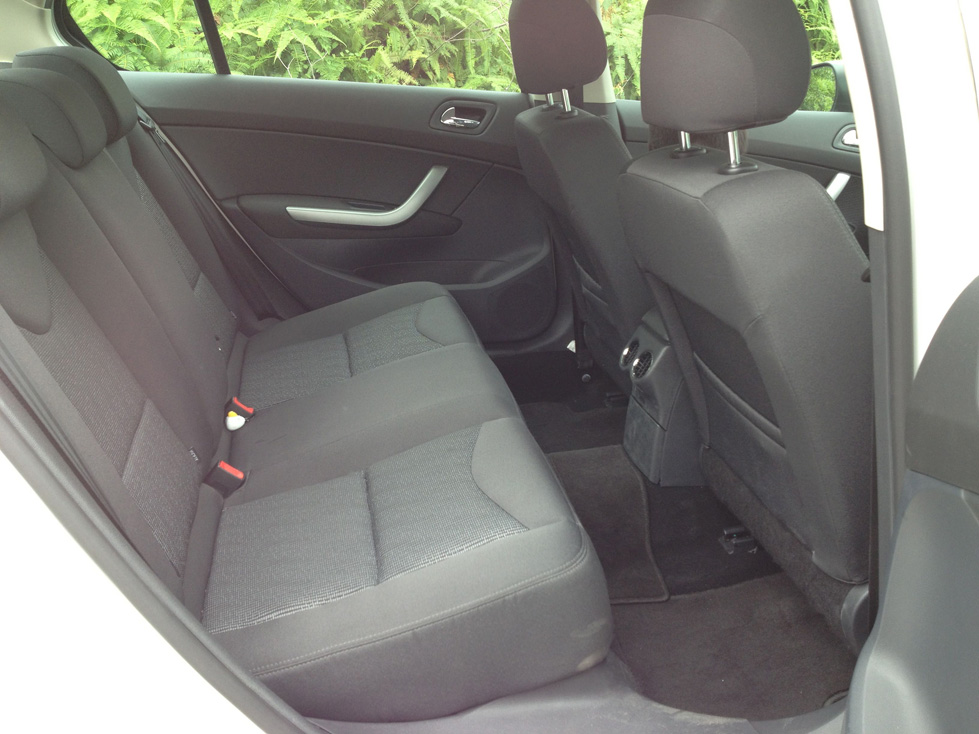


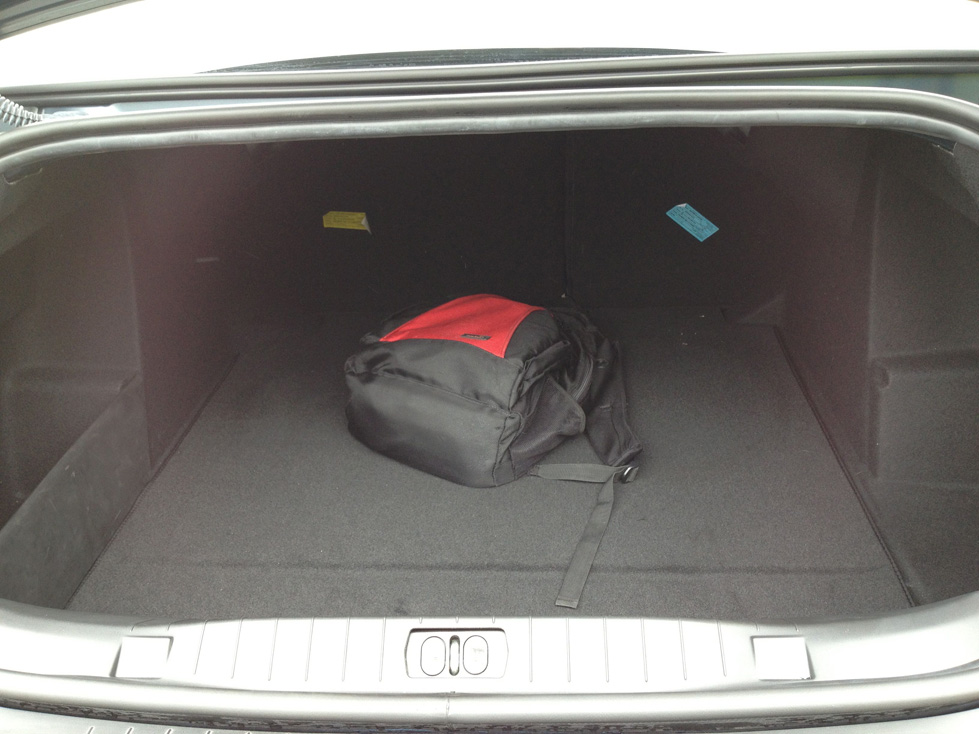
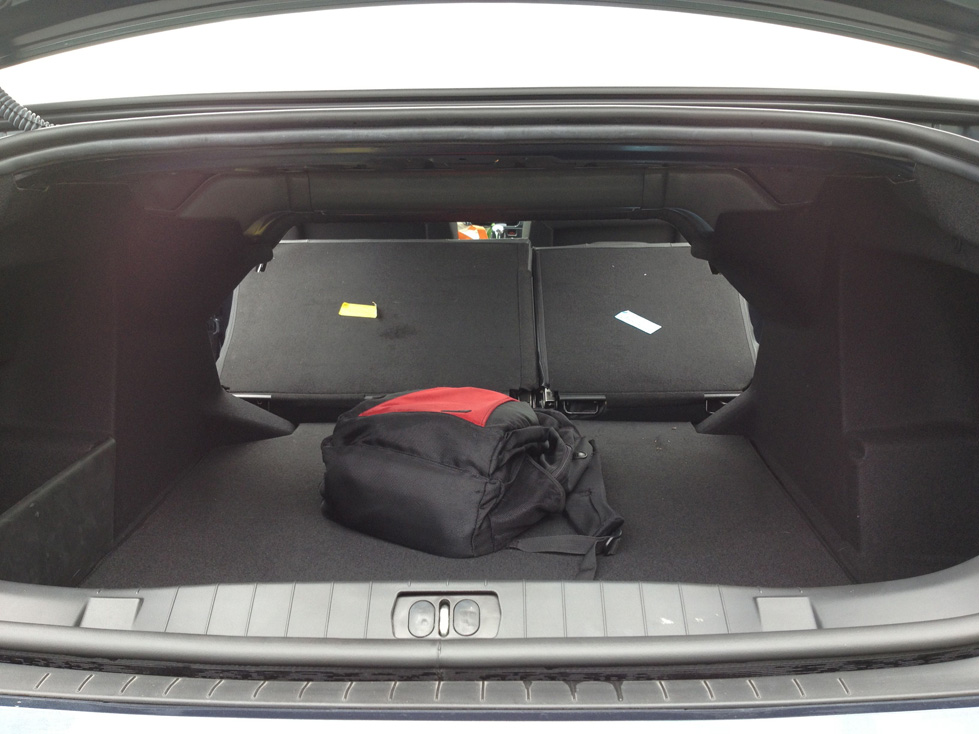
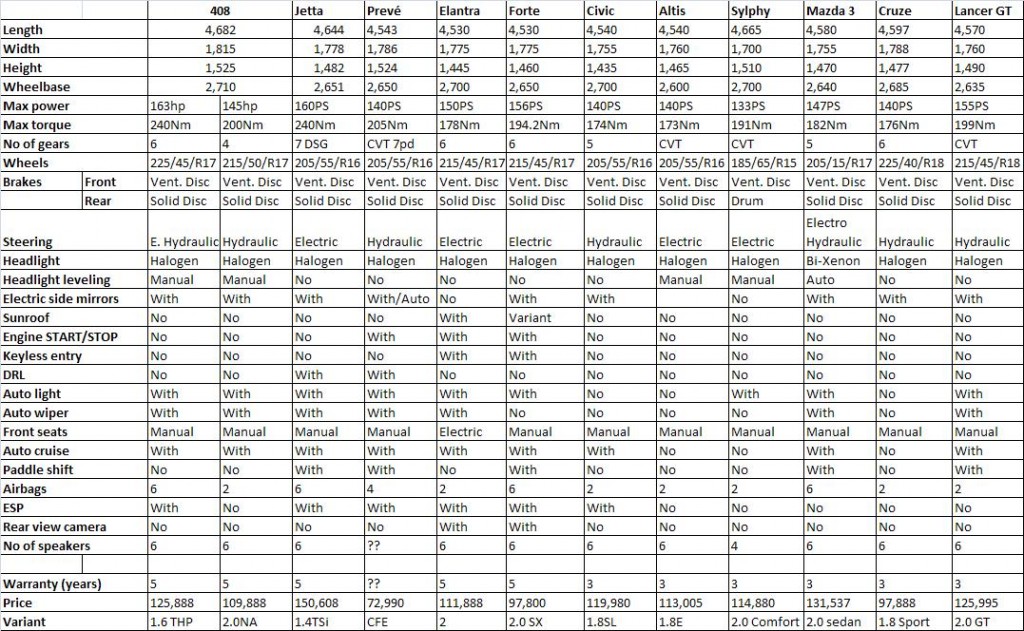
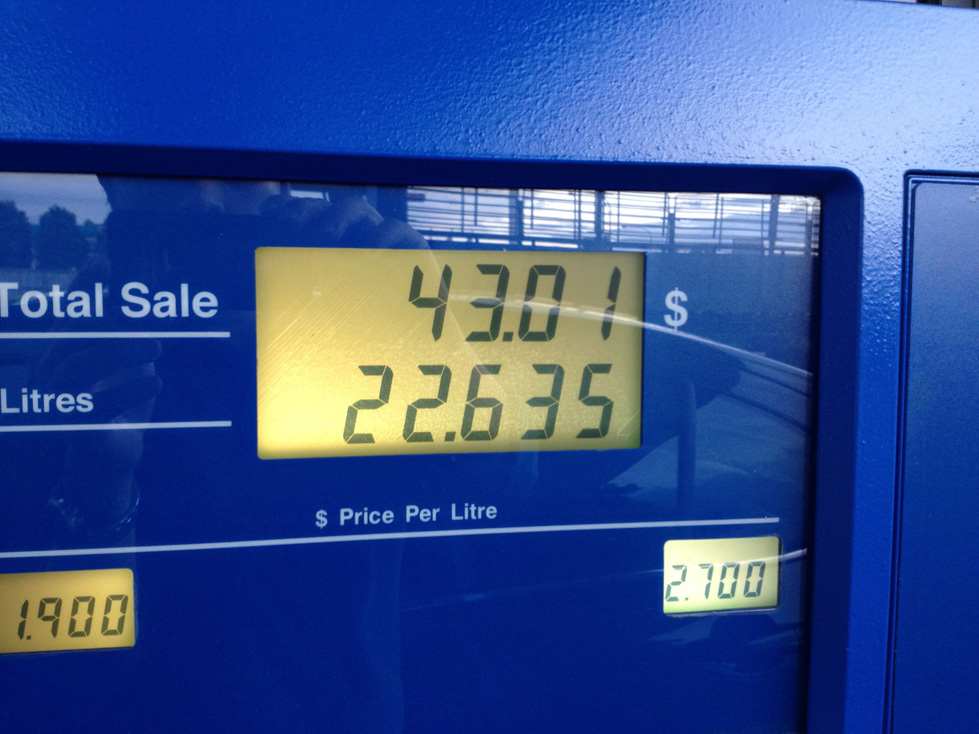
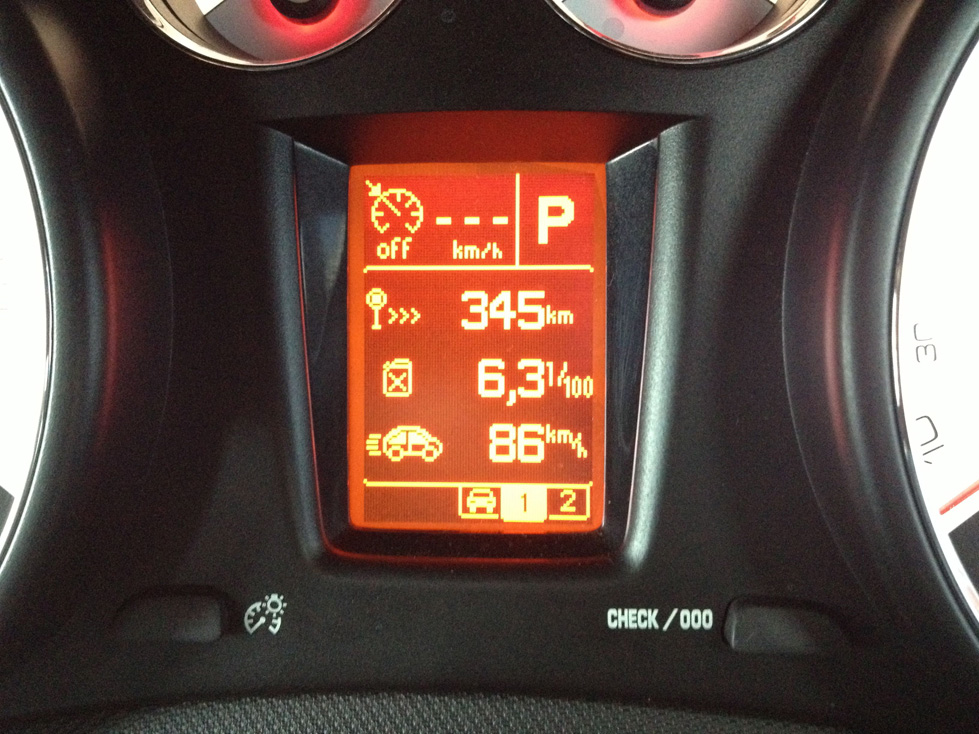
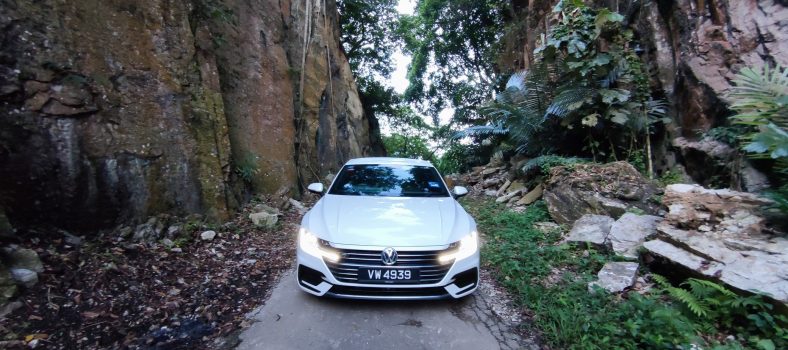

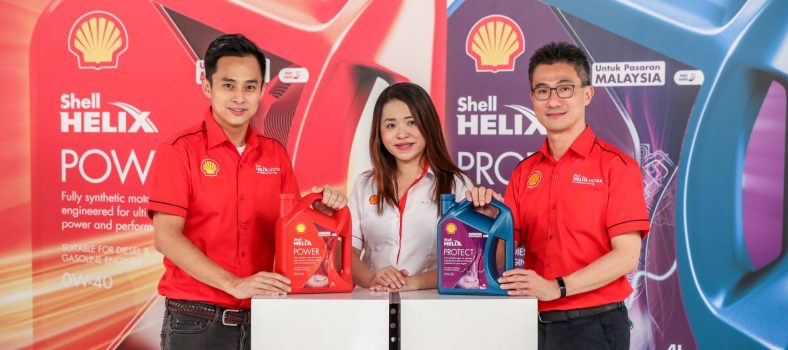
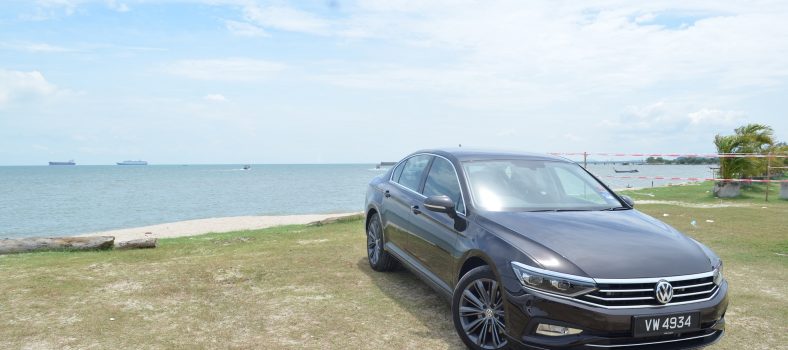
34 Comments
Since when did the Pugs put extra airbags into higher variants? Seem like nasim has gone the Jap way. Should be a standard feature.
Yeah, I had the same thoughts when I first saw the technical specs with regards to the airbags
I noticed that storage space in Pugs are generally very limited … from your pix, the glove compartment looks really small
Hi king,
Small Peugeot glove compartments are a norm because unlike Germans who do a proper left to right hand drive conversion, the French does a half-baked job. Most notable is the location of the fuse switches which eats into the glove compartment and the wiper sweeping arrangement which always inadvertently creates a water line in front of the driver (imagine if you were driving on the left, no such line to hamper your vision).
So 2.0 will be cheaper than 1.6T?
Hi Slash … yup, 2.0 NA will be cheaper than 1.6T
How about the wipers? They got 'em right this time?
Hi Jesse … no idea. No test car and the battery in the showroom is disconnected so can't test any electronic features
Bro,i think you can't directly compared 408 vs 407,because it is different car segment(408–C segment,407–D segment).
Hi sup3rduke,
You're right, bro. Different segment but the difference in size is already blurring the edges of the segmentation.
Consider also that despite having only 2,700mm wheelbase, it has not stopped Suzuki from declaring it's Kizashi is a D segment.
Yes bro,total agree with you.There are incresing of body size across the board on various car manufacturer.But in terms of interior quality or equipment level D-segment are still higher.
Thanks..hopefully in the future u can do comparison with VW Jetta 🙂
Well, the older 407's trim levels are getting a bit old, considering the model has been around for the past 7-8 years. If you've seen the 308, you can expect similar quality and equipment level and the 408 Turbo is even better than the 308 by offering a more powerful engine, higher quality steering wheel, aluminum pedals and a much larger boot space. Unfortunately for some, the moonroof is removed.
Will keep that in mind as next project. Thanks for the suggestion
Hi Slash,
Did what you requested. Read about it here:
http://www.kensomuse.com/2012/05/volkswagen-jetta-price-class-above.html
Yeah i know. But after they announced the price, then i think no need to compare withJetta already. Jetta too pricey for me.
RM109,888 = 2.0L version
RM125,888 = 1.6L turbo engine.
Hehe….the price seem competitive & love the interior! It jz make the elantra look plan stupid of their pricing as they are over ambitious & over confident on their products? hehe
Indomee
While I was anticipating the 2.0 to be priced as such, the Turbo version caught me by surprise. Very good price strategy by Nasim
Totally agree…not sure what Sime is thinking when they priced the Elantra that way.
Not sure how this will do for the current 308 residual value. Nevertheless it would be interesting to see how it fares with the recently launched Polo sedan.
Although the similarities lies in its price, the Polo Sedan has nothing going for it other than badge. The 408 2.0, the largest C segment car will kill the most expensive B segment car in Malaysia …. unless the buyer wants the exclusivity of driving a super rare car
“It jz make the elantra look plan stupid of their pricing as they are over ambitious & over confident on their products?”
One has to factor in the fact that Naza has always been able to achieve reasonable pricing compared to others, bigger cables perhaps? That’s one of the fundamental issues with Malaysian car pricing, you can’t always price it the way you want too!
haha…. at least this ckd version still wear the lion badge, whereas the elantra wear inokom badge! It does make a difference!
Today meeting client at 1U & saw peugeot exhibit this 408 road show. The real car looks much better then the photo especially the rear. Simply love the interior & the rear passenger air con supply.
Push start and paddle shiter is missing in 1.6t…..otherwise, it will be a great car to have…
While those are nice features to have, thus far, I’d prefer to the car manufacturers not to skimp on safety which the 1.6T has in abundance. Paddle shifters are useful in uphill climbs and overtaking maneuvers but the power of the turbocharged engine is sufficiently good that you won’t need to use them. I know I don’t use it on the Golf.
As for the KESSEY, definitely a good plus point but so far, only the Koreans (and the Proton Preve) has them. Probably goes to show that majority of manufacturers feel keeping the selling price lower by omitting this feature in Malaysia. After all, the C segment, similar to the B segment is very price sensitive
Kensomuse,
Grest review and i agree with you on the paddel shifter..own a forte and hardly use thenpaddle shifter..but it is really funky when u have the sudden urge to drive like a ferrari driver( i meant in a safe way yet wanna have that race feel).
I m wondering if you could do additional review on the cost of maintenance of this car compared to other c segments and maybe also included preve. A lot of potentisl buyer like me is wary of the spare parts and cost of maintenance in the long run. In thhis case, a 5 year maintenance period with possible break down on certain things taken into account such as fuel pump, air con leak, power window(no punt intended to proton), routine oil change, does this car have timing belt?…. Etc..with that, it will be more easier for reader like me who is still sceptical overputting my signature on the dotted line…
Also, some people may not be aware, but rcently i find that hyundai is offering 1.88% interets rate for loan financing up to 9 years for sonata. The price is rm143888 and with rm3888 discounts. Total cost for buying this with 9 years financing is rm126000 x 1.88% x 9 years = rm147319.2 + rm140000 = rm161319.20
If it is 408, the cost will be rm125888. Total cost will be rm113299.20 x 2.5% x 9 years = rm138791.52 + rm 12588 = rm 151379.52.
Difference from sonata is rm9939.68. Sometimes, i do wonder if it is worth to upgrade to d segment with this price. This comparison does not take the brand into consideration…just the segment of the car.
Hi Jack,
Thanks for dropping a note, Jack. I’m in the midst of trying to get the scheduled maintenance costing for the 408 but other items such as common wear and tear items are a little more challenging. While I “may” be able to dig out the replacement component costing, it may also present a biased angle to the car, or any car for that matter. For example, a suspension of a conti may be 30-50% higher in terms of cost but some components are known to last longer than 50% of the lifespan of an asian equivalent component. Durability, which ties directly to cost of ownership can also be subjective as it depends on how the car was being used (I recalled driving a famous Japanese make known for durability to have leaky suspension within 1 1/2 years of ownership. Though it was claimed under warranty, I can’t help but wonder where’s the so-called reliable durability of the Japs?).
Also for buyers, at the end of the day, some just goes by their emotion instead of logic. After all, what’s the point of buying a car you don’t enjoy driving simply for the sake of cheaper spare parts?
As for the comparison of the Sonata vs 408 …. well, I have a Golf at home and for RM160k, I wonder the same question …. but the other way around. It all depends on your priorities, mate.
One more thing to consider also is pricing comparison with car prices from Australia (one of the cheapest in the region). Peugeot prices are about 1.07 higher after FX conversion. Cars like Honda/Kia are about 1.60 to 1.70 higher. (There’s some assumption but I’ve used Pug 308 as baseline)
Should 2015 FTA happens and there’s more librealisation in the market…this measurement might mean the RV for Peugeot wouldn’t be that bad…
Hi Kensomuse,
Great review..Do you have anything on the fuel consumption as saw different web sites stating different figure i.e 6L/ 100km and 8.6L/100km for the 2.0.
Also, does the 408 use a timing belt? Tx.
Haha..i just calculate, total cost of maintenance until 60k/3year is RM 5850..
so it’s better to save at least RM170 per month from the moment you bought this car 🙂 ..i wonder whether VW is more cheaper when it come to service maintenace considering that their service cycle is every 15k..but of course their car is more expensive..
Were there any comparison made for fuel consumption against other cars at par? most of the infos i read are very reluctant to explain about fuel consumption. Like the comparison table above, doesn’t state any fuel consumption (km/l)comparison nor fuel tank capacity. Would be delighted if you could enlighten us on that.
Agreed with Syed, does the 408THP uses timing belt or timing chain?
Cheers!!
great and in-depth review, as usual.
Great review bro!!! Even not really fully complete but its good enough for me to decide on purchase this pug 408.. keep it coming!!! Thanks